
Rotator cuff tendinosis is a very common cause of shoulder pain. Your rotator cuff tendons control the motion of your shoulder joint. They are four very important muscles and their structure can change with age, or because of your activities.
What is Rotator Cuff Tendinosis?
Tendinosis of the rotator cuff is a degenerative (genetic, age or activity related) change that occurs in our rotator cuff tendons over time. Rotator cuff tendinosis is exceptionally common. Although many people with shoulder pain will be found to suffer from tendinosis. Many, many people have tendinosis of the rotator cuff and do not even know it. Why rotator cuff tendinosis bothers some people and doesn’t bothers others is currently a question the orthopedic surgery community can not answer. Rotator cuff tendinosis is just as likely to be found in a professional body builder as it is likely to be found in a true couch potato.
What does Rotator Cuff Tendinosis Look Like?
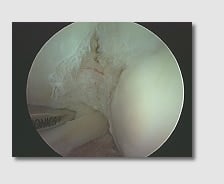
Tendinosis represents a structural change in the tendon at a microscopic level. This results in disorientation of the tendon structure and, ultimately, partial tearing as the weakened tendon gives way. The analogy I always use is your favorite pair of blue jeans. You wear them for years and then one day you feel a breeze down by your knee — you look down and there’s a hole. No trauma, no accident… the fabric just wore out.
Therefore, rotator cuff tendinosis is not the result of a single traumatic event. It is brought on by genetics, age and repetitive activity. We are not sure why some patients with rotator cuff tendinosis have pain, and others do not.
How Do We Treat Rotator Cuff Tendinosis
Many patients with rotator cuff tendinosis and partial tears do not require surgery and will respond very well to a coordinated physical therapy program to strengthen the remaining cuff tissue. Moist heat, Ice and anti-inflammatories can work well, too.
Rotator cuff tendinosis is a biological problem … our body is actually changing the tendon tissue. Only very recently have treatment techniques evolved to enable us to treat rotator cuff tendinosis that fails to respond to non-surgical measures. It is a technology developed by Rotation Medical and enables us to place a “bioinductive” patch over the area of tendinosis, which over a period of a few months has been shown to reverse the degenerative changes and heal your tendon.
Over time, this patch will incorporate into the tendon and alter the structure of the tendon. Most patients .. in our series to date, have had significant relief, even after trying other surgical procedures first which had failed.
You can read more here about this approach to treating shoulders with rotator cuff tendinosis.
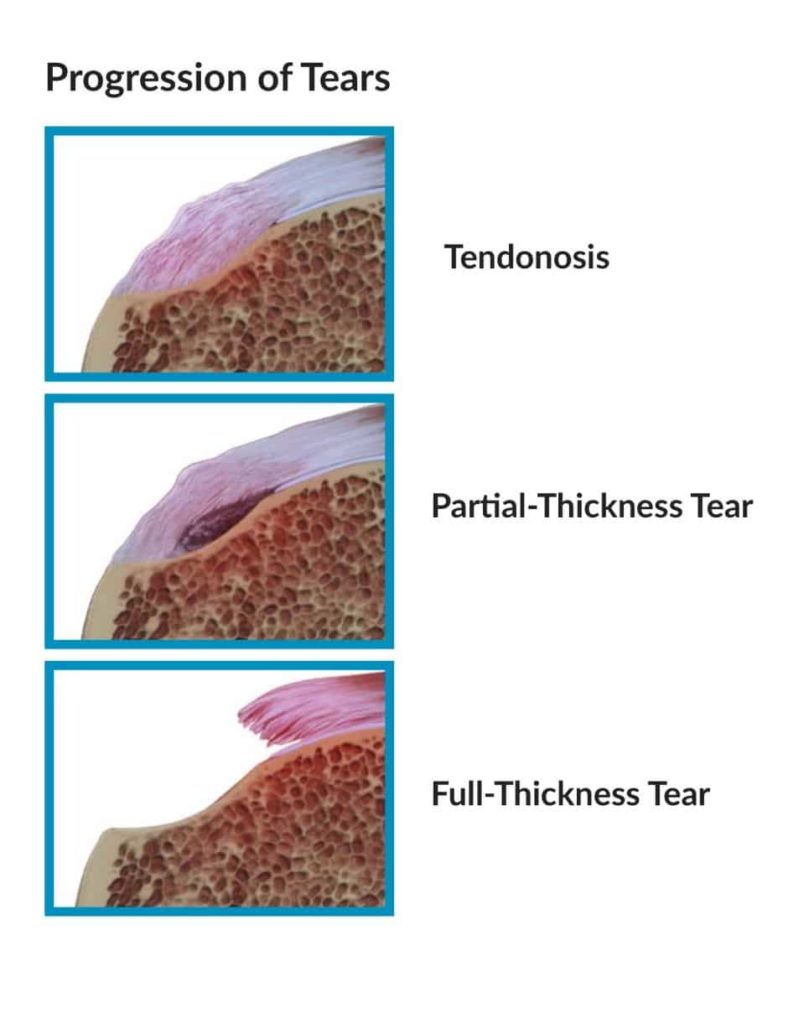
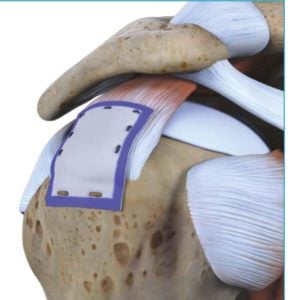
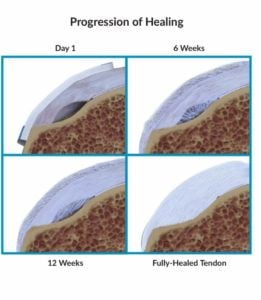




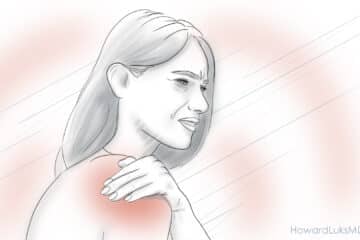

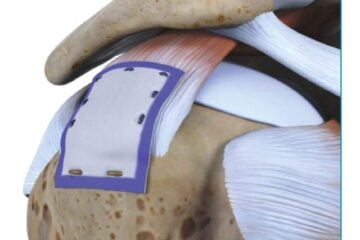




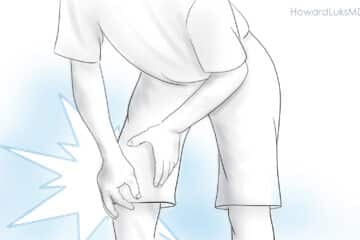


I am a 55 year old female, African American.. I am a nurse practitioner working in primary care. Spring 2015 I had arthroscopic surrgery on the left shoulder after a a heavy door slammed into my outstretched hand left me with severe impingement syndrome , large joint effusion and a frozen shoulder that prevented overhead and behind the back movement. Extensive debridement and removal of 2 large bone spur at AC and distal clavicle was done. I had intensive PT for 8 weeks and the left shoulder is now back to normal.
I have been having gradually worsening left shoulder pain over the last 6 months , only thing I can thing of that may have-hurt me in retrospect Is working out on elliptical machine with a lot of resistance on the upper arms. Didn’t think I was hurting myself. I have pain in humeral head terrible with over head movements, painful arc at 90 to 120 degrees, nighttime pain in anterior shoulder over biceps, anterolateral deltoid and postero lateral supraspinatus. I have terrible night pain and cannot sleep much due to the pain. The anterior shoulder joint is now visibly swollen and tender to deep palpation. I have been on regular NSAIDS for more than 3 months per advise of my PCP who told me I had bicep tendonitis, and to rest it. I have been using ice and heat as well. My range of motion in trying to move my left arm behind my back is severely limited, I can get my left arm to the lower part of the left buttock only and no further. Had X-ray 2 weeks ago which showed soft tissue swelling but no boney deformity, fracture or boney destructive lesion.
MRI reads as follows:
Bonesand bone marrow: normal bone marrow signal is seen within the glenoid. You will head posterior lateral demonstrates bone marrow edema surrounding several developing sub cortical cysts. Acromial clavicular articulation demonstrates no diastasis or subluxation but there is edema within the joint space as well as a edema within the superior and inferior capsule.
Biceps: long head of the bicep courses to insert in the labral biceps anchor.m there is mild tenderness is of the intra-articular course of the long head of the biceps. The Short head of biceps insertion the coracoid .
Labra: intra substance degenerative changes are seen involving the anterior superior labrum along with the blunting of its margins .
Rotator cuff: the teres minor muscle and tendon are unremarkable.The infraspinatus muscle and tendon are unremarkable with the exception of a portion of its humeral head insertional fibers which demonstrate mild tendernosis. Supraspinatus muscle is unremarkable.Supraspinatus tendon demonstrate more extensive tendonosis of it’s posterior lateral fibers and to lesser degree it’s anterolateral humeral head insertional fibers.The subscapularis muscle is unremarkable as is the subscapularis tendon. Mild amount of subacromial subdeltoid bursitis is noted.
IMPRESSION: tendonosis of the posterior lateral fibers of the supraspinatus tendon as well as the entire lateral humeral head insertional fibers of the supraspinatus tendon. Mild tendinosis of a portion of the humeral head insertional fibers of the infraspinatus tendon D2 which multiple small foci of bone marrow edema arsine surrounding developing sub cortical cysts. Mild subacromial sub deltoid bursitis. Tendinosis involving the articular course of the long head of biceps tendon . Blunting and intrasubstance degenerative changes involving the anteriorsuperior labrum. I chromic clavicular joint fluid and capsular edema but without diastasis or subluxation .
I am in a lot of pain,, I cannot take opioids and do my job, the shoulder joint feels pretty stiff. My PCP says I need to be scoped to clean up the damage. What is you opinion on what I need to do next?
nothing there screams that it needs surgery. Without examining you i can’t say what treatments I would recommend first.
Can you answer with some options with caveats ( 1….2..3) based on your experience of how you might possibly approach this? I need your insight.. Thanks
Very informative! After 4 months of trying different things due to the insurance requirements (x-ray, Meds, PT, MRI-finally for an actual diagnosis) I was diagnosed with tendinosis of the rotator cuff. Actually in both shoulders but only symptoms in one. Per my doctor the next step is cortisone shots. However, prior to that I am taking ibuprofen three times a day, using a “tens” machine once a day and will start basic PT exercises again. Based on the info I have given (and I know it is not much) but in your experience would swimming be okay to incorporate during the healing process?
Thank you sir.
Dr. Luk: I am a patient at the Southern Bone and Joint Specialist in Hattiesburg, MS. I had to cancel two appts. for shoulder repair due to torn rotator cuff due to other medical problems. I am 84 years old and I am interested in the patch you are doing. Would you be kind enough to let me know if there is a doctor at the Southern Bone and Joint, and if not, where the closes to Hattiesburg, MS that they are doing this procedure. I am not able to sleep in a bed because I can only sleep on my sides due to an enlarged hiatel hernia that pushes my lungs under my heart and I cannot breath good. I really need and would definitely do this procedure if I can find a MD that can perform it safely (of course, anything is always possible) and I can be close to home where my family can be of help.
Lillian Loggans
[email protected]
HI Lillian ..
The company is called Rotation Medical. They can be found online and can assist you in finding a surgeon near you.
Good Luck !
Thank You so much Sir! I do appreciate the work you do. I am a retired Medical Record Administrator and a Medical Staff Coordinator. I am very appreciative of the work that our Physicians perform every day and certainly you are one of the best in your work. Thank you for sharing this information.